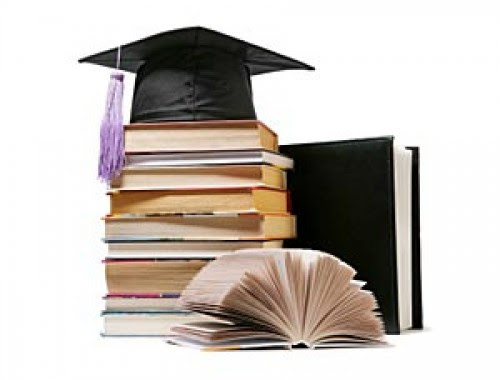Lawyer, graduated from the National University "Odesa Law Academy" with honors. Since 2017, I have been specializing in legal and educational and general legal issues. I am the author of legal articles, scientific publications and articles in the educational environment. Mentor of the "Veritas" legal clinic. The owner of the legal blog "Educational_law_ua" on Instagram.
Intellectual property is an integral part of the modern world of education. It covers a number of issues related to copyright, patents, trademarks and other types of intellectual property. Educational institutions, teachers, and students are increasingly faced with the need to understand these issues in order to effectively use, create, and protect educational materials and innovations.
1. Copyright in the field of education
Copyright is one of the most important types of intellectual property in the field of education. It protects original works such as lectures, teaching materials, books, articles and other works created by teachers, scholars and students. Teachers have the right to control the use of their work, determine how and where it will be used, and be compensated for it.
However, certain copyright challenges may arise in the educational field. For example, teachers often use other people's materials in lectures or provide students with access to articles and books for study. It is important to adhere to the principle of "fair use" or obtain the necessary permissions to use other people's works.
2. Patents and innovations in education
Patents can be important for protecting innovations in education. For example, new technologies, teaching methods or teaching aids can be patented to secure rights to use and distribute them. Educational institutions and research centers often develop new technologies that can be patented and commercialized to support research and development.However, patenting in education can cause certain difficulties. For example, a balance must be found between protecting innovation and ensuring free access to educational resources. In addition, the patenting process can be lengthy and expensive, which can be a challenge for individual researchers or small educational institutions.
3. Trademarks and branding in education
Trademarks are an important tool for branding and identifying educational institutions and their programs. They allow educational institutions to stand out in the market of educational services and provide protection against improper use of their name or logo by other organizations. This is especially important for large universities and educational institutions that have a global influence and a significant number of students.
4. Challenges and prospects
Challenges related to intellectual property in education include the need to constantly update knowledge about laws and regulations, as well as ensuring compliance with ethical norms and principles in the use and creation of educational materials. The legal analysis of documents by a lawyer of UM "Consultant" determines that teachers and researchers should be aware of their rights and responsibilities regarding intellectual property, and also have the opportunity to teach students about these aspects.
The prospects for intellectual property in education also include the development of new technologies, such as online learning and digital tools, which can be protected by patents and copyrights. At the same time, it opens up opportunities to create more accessible and innovative educational programs.
Conclusion
Legal analysis of contracts by a lawyer and legal analysis of a contract in this field suggests that intellectual property plays a key role in the field of educational services, ensuring the protection of copyrights, patents and trademarks. This contributes to the development of innovations, the quality of educational programs and supports the economic sustainability of educational institutions. It is important that all participants in the educational process are aware of intellectual property and adhere to relevant laws and ethical principles.





























